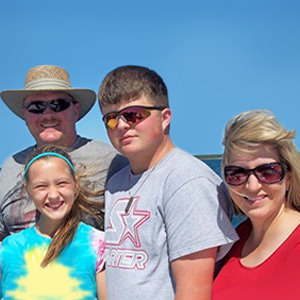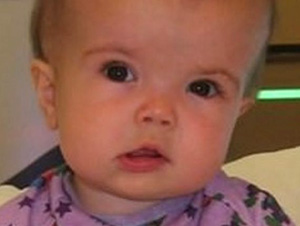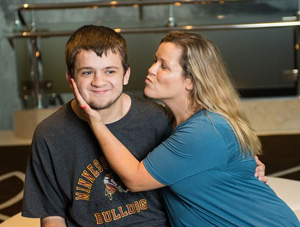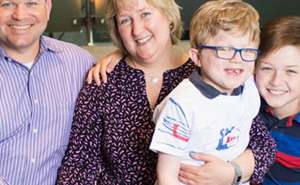
With proper care, people with Gorlin syndrome live as long as people who don’t have the condition.
There are many symptoms and signs, known as “indicators,” of Gorlin syndrome. Common indicators include:
- Basal cell carcinomas (BCCs), a type of skin cancer that appears on the face, hands and back of the neckLess common indicators of Gorlin syndrome include:
- Improperly formed bones of the spine, ribs and skullNot all people with Gorlin syndrome will experience every sign and symptom.

There is no cure for Gorlin syndrome but there are treatments.
Currently, there is no treatment or cure for Gorlin syndrome itself. Rather, treatment for Gorlin syndrome centers on the prevention, management and removal of tumors and cysts caused by the disease.
There are a variety of options to remove the tumors and cysts caused by Gorlin syndrome. These include cryotherapy (freezing), laser therapies and curettage (scraping).
To reduce the risk of developing skin cancers, people with Gorlin syndrome should avoid excessive sun exposure, apply sunscreen regularly throughout the day, wear sun protective clothing, sunglasses, and a hat when outside while the sun is up.
People with Gorlin syndrome should also avoid getting x-rays unless absolutely necessary as exposure to excessive radiation may contribute to the development of additional BCCs. Caregivers should be advised and use this knowledge in determining the risk vs. benefit of the study. Other diagnostic options such as MRI and or ultrasound may be available.
Gorlin syndrome is caused by a mutation in one of the two PTCH or “tumor suppressing” genes in our DNA. The PTCH genes make proteins that keep cells from proliferating or growing and dividing too quickly. Because one of PTCH genes in Gorlin syndrome does not function properly, cells grow too quickly. These abnormal cells form tumors.

In most cases, Gorlin syndrome is inherited from a parent or relative with the disease. Less commonly, Gorlin syndrome results from spontaneous mutations of the PTCH genes in people with no family history of the condition.
A child born to a parent with Gorlin syndrome has a 50-50 chance of inheriting the disease.
Currently, there is no cure for Gorlin syndrome but scientists are researching new ways to care for and treat this disease.
Gorlin syndrome is a rare genetic disorder, affecting approximately 11,000 people in the U.S. Gorlin syndrome can affect every organ system of the body, including the skin, eyes, reproductive system, hormone glands and bones.
People with Gorlin syndrome are at increased risk of developing a type of skin cancer called basal cell carcinoma (BCCs) and other non-cancerous tumors as well. BCC is the most common manifestation of Gorlin syndrome.
There are many indicators of Gorlin syndrome. The most common include:
Gorlin syndrome is caused by a mutation of one of the two genes that suppress the development of tumors in the body.
Treatment for Gorlin syndrome centers on the prevention, management and removal of tumors and cysts caused by the disease. Recognizing and coping with the psychological burden of the syndrome is also important.

Children born to a parent with Gorlin syndrome have a 50/50 chance of also having the disease.